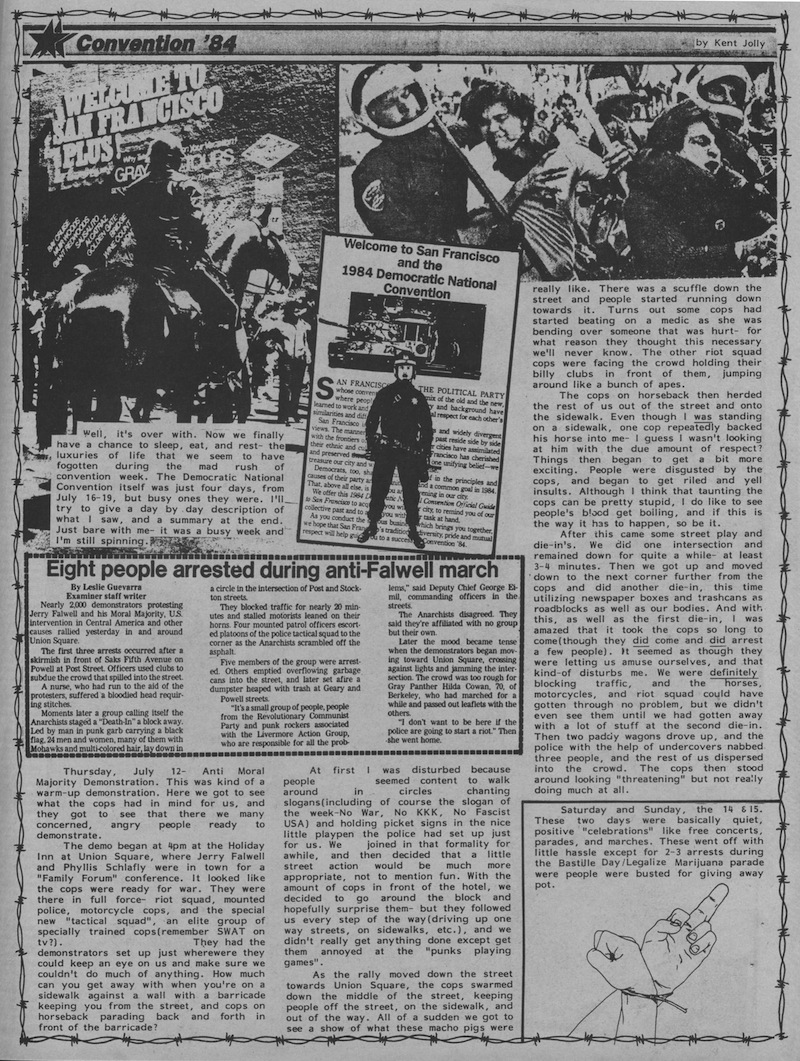Wednesday, September 26, 2012
What does a Jewish pagan atheist do on Yom Kippur?
I fast, for a complicated series of reasons – tradition,
memory, connection with a community, and because I look forward to the spacey,
open, vulnerable feeling at the end of the day.
A friend and I begin and end the 25 hours with services but don’t spend
the whole day there as I did when I was a kid.
Usually in the early part of the day I read. I pull books off my shelves and look at them,
reading snatches of this and that.
Sometimes one catches my interest and I read it for a few hours; other
times I just keep browsing my own library.
It’s another way of reconnecting.
Last night I pulled out a book called Reconcilable Differences:Confronting Beauty, Pornography and the Future of Feminism. I don’t think I ever read it closely, but I
can see that I kept it on my bed for a while because the cover is all chewed up
(meaning my cat gnawed on it for quite a while). It’s interesting, trying to grapple with some
of the issues that have divided feminists over the decades. This morning I picked up Of Woman Born,
motivated no doubt by the death of Adrienne Rich in the last year. It’s still so powerful after so many
years. It’s a document of the early
Second Wave women’s movement, yet still feels alive and relevant.
That made me start thinking about something I’ve been
increasingly preoccupied with: the apparent disconnect between social progress
and technological progress. Watching all
the recent shenanigans to disenfranchise poor people and people of color
through carefully crafted photo ID requirements, limits on early voting and
same-day registration, I keep thinking, “How is this possible? People died for the right to vote in the
fifties and sixties – we’re approaching the 50th anniversary of the
Voting Rights Act. How can we be headed
back where we started?”
I’m sure union activists are wondering the same thing
about the attacks on the right to organize, and certainly abortion rights
champions have been facing this rollback for a long time. We thought we had won those victories, but
the people who opposed them didn’t think they had lost them.
It’s been well documented that the minute Roe vs. Wade
became the law of the land, the Church and the right wing started organizing to
overturn it. The same, of course, was
true of labor rights. Capital did not
simply accept the Wagner Act once it was passed in 1935; they started looking
for ways to weaken it (Taft-Hartley, 1947), get around it (JP Stevens 1960-74, Pittston Coal 1989),
crush it (Phelps Dodge Copper 1983, Hormel Meat 1985), or effectively
destroy it through anti-union appointments to the NLRB.
At the same time, the women who had fought to legalize
abortion and provided underground abortion access got busy building their
clinics. They incorporated and got
grants and built huge fundraising networks.
They took ads in the phone book and the newspapers, letting women know
about all the wonderful services they could provide. They built international empires like Planned
Parenthood, or community-controlled women’s health centers like the Berkeley
Women’s Health Collective. The more
radical among the activists fought medical schools to teach abortion
techniques, and sued for publicly funded abortion. Some continued to do policy work, trying to
block the Hyde Amendment, which eliminated all federal funding for
abortion. When that failed, women
established the National Network of Abortion Funds, to try to make abortion
accessible to poor women.
The union leaders focused on organizing workers and
negotiating contracts. That’s what
unions are for, right? They built strike
funds and trained stewards. After Reagan
and PATCO, when they realized they were losing (perhaps not realizing they had
already lost), some hunkered down and concentrated on how to keep from losing
any more, while others branched out, aggressively trying to organize more and
more sectors. They looked at the
unorganized low-wage workers and explored new organizing models (community
campaigns, worker associations like the Asian Immigrant Workers Alliance) that
would be less threatening to workers and raise fewer red flags with employers.
The civil rights leaders of the sixties ran for Congress,
became ambassadors, wrote books, won Pulitzers, got teaching jobs, started poverty
programs. Some started institutes to
spread what they had learned to other oppressed communities and movements. Some helped to organize anti-nuclear or
anti-war campaigns. Some became
progressive ministers, serving their communities in myriad ways, speaking out
on a range of social issues.
I’m not trying to blame feminists, civil rights activists
or unions for the backlash against them.
But because technological progress is linear – steampunk aside and
barring a cataclysm, I don’t see anyone giving up their iPads for stone tablets
– we imagine that social progress is also.
Social progress often flows from technological progress. Agrarian families needed more kids to work the
fields, while wage laborers need to be able to limit the mouths they have to
feed. Industrialization made slavery
unprofitable. But that doesn’t mean that
society keeps pace with technology.
People continue to hunger for the bygone eras, even as I hunger for the
well-read books on my bookshelves.
When I was in college, “new institutionalism” or “new
structuralism” was in vogue. Under this
analysis, structural or institutional change leads to cultural change, rather
than the other way around. Thus, if you
want to change society, you change institutions and “hearts and minds” will
adapt to the new reality. It’s the basis
for policies like integrating the military through executive order, which
worked relatively well (though Danny Chen’s family might not think so). It’s also the basis for things like forced
school integration through busing, which has worked notoriously badly. That seems to cast some doubt on the
soundness of institutionalism as a premise, which might explain the predicament
we are now in.
Of course, feminism, civil rights, labor did capture
people’s hearts and minds. Very recently,
over 50% of unorganized workers said they would join a union if they had the
chance. 77% of the electorate believes women should
have the right to an abortion. For
whatever self-interested reasons, 43% of white Americans, and a majority of
those under 30, voted for a Black president in 2008. The minds of the people most hostile to our
goals are always going to be hardest to change, and can’t be our focus. But the anti-abortion movement was able to
change the discourse in the country, so that abortion is now widely seen as a
tragedy rather than a medical option. If
we had been as organized as the right wing, they could not have done that so
easily. (The most ironic expression of
this is that the numbers of people identifying as pro-choice are going everlower, while the numbers who support the right to abortion stay relatively
constant.) There would not have been more than twenty
years without a single television character choosing abortion and going through
with it. The anti-union establishment
can foment anger against public sector unions because the vast majority of
those private sector workers who would like to join a union never had the
opportunity to do so.
Okay, but if we have to keep fighting every battle even
after we’ve won it, how can we ever move on to anything new? There are only so many active feminists, so
many civil rights activists, so many union organizers. Someone had to set up the clinics and the fundraising
networks, train the doctors and organize the workers and negotiate the
contracts, fight discrimination in schools and housing and employment, take on
the prison-industrial complex.
Ultimately, the cultural shift – however you make it – is
the key. If all women understood that
reproductive rights are core to their ability to be free, there would be enough
of us out there to keep the clinics functioning AND fight the right. We would be adding new voices and new talents
all the time. If we – and I say “we”
loosely, because I was never really part of this – had kept doing consciousness
raising through the seventies and eighties and nineties, we would have a whole
lot more engaged feminists now. We would
not have lost a generation of women who gladly took the gains feminism had won
but didn’t identify with the movement, didn’t even see that they wouldn’t be
able to be a lawyer-mom, a lesbian fire fighter or a woman boxing champ without
those humorless, dowdy feminists everyone loves to hate. They would have passed the values of the
movement on to their daughters, instead of haranguing them about their weight
and offering them boob jobs and facial surgery for their sixteenth birthdays.
The movement itself would have evolved too. We would have grown bigger and broader,
deeper and stronger. Working class women
and women of color would not feel (or be) invisible in the movement, and
Wal-Mart wouldn’t be as easily able to exploit and underpay them. We would have helped women in China and
Vietnam organize for higher wages so offshore sweatshops wouldn’t have been
such easy tool to break U.S. unions.
Sisterhood would truly have been Global and Powerful.
The theme of a lot of the Yom Kippur liturgy is that it’s
never too late. On this day we
acknowledge our shortcomings, atone and renew our commitment to what’s
right. It would have been good never to
have stopped doing consciousness raising and transformative cultural work, but
it’s not too late to start again.



